Limited food supply to cater to Africa’s rising population has become a major cause of concern on the continent today. As the world recovers from some of the most debilitating crises which cut across different areas from health to...
Limited food supply to cater to Africa’s rising population has become a major cause of concern on the continent today. As the world recovers from some of the most debilitating crises which cut across different areas from health to security, and even environment, the Agricultural system has faced?—?and still faces?—?supply chain disruptions across its entire value chain, ultimately making the final price of food more expensive for the consumer. According to the IMF, while food costs account for 17% of consumer spending in advanced economies, in sub-Saharan Africa, it accounts for as much as 40%. It is thus, no doubt, a key driver for inflation and essentially a major pressure point.
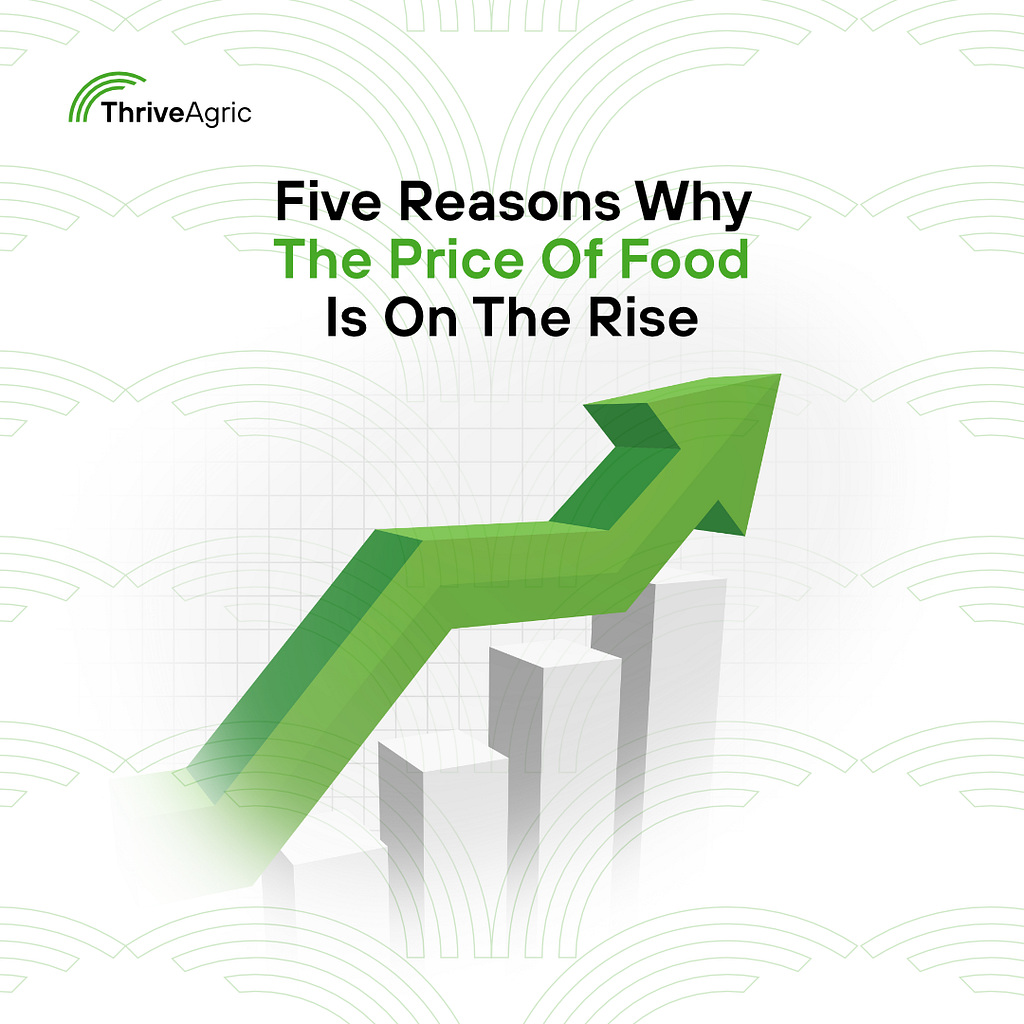
The Consumer Price Index report released by the National Bureau of Statistics (NBS) reveals that since April 2020, headline food inflation in Nigeria has hovered above 15%, getting as high as 22.95% around March 2021. In the month of April 2022, food inflation rose to 18.37%, an increase compared to 17.2% recorded in the month of March. According to the NBS, this rise was attributable to increases in the prices of food products like bread, tubers like potatoes and yam, and others such as wine, fish, meat, and oils. Compared to last year’s prices, the price of beans has increased by over 50%, Garri by over 20%, and tomatoes by over 45%. A survey carried out by the NBS showed that at least 8 out of every 10 Nigerian households were worried about these rising food prices.
The challenge now is that based on various indices, the worst isn’t over and food prices are still set to increase in the year 2022 particularly in the wake of additional global economic disruptions such as the Russia-Ukraine crisis and global oil price challenges. Here’s a rundown of what you need to know about the overall causes of food price hikes this year.
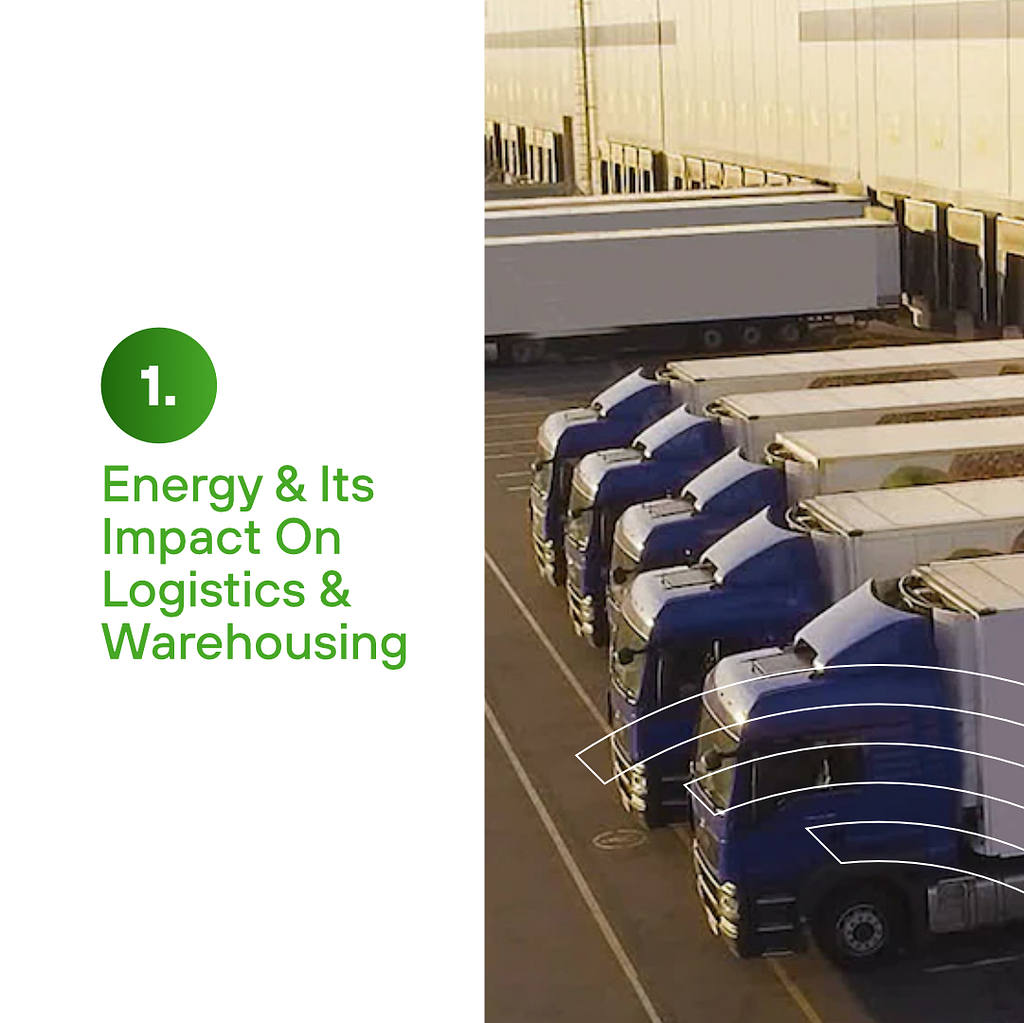
Transportation cost is one of the major causes of food inflation in Nigeria and this has recently been exacerbated by the price increases in diesel which, being unsubsidized, moves in the direction of the global energy market. In the early months of this year, diesel witnessed over 100% increase from what it sold at around January-March 2021. Rising energy costs and limited access to power also directly affects the high cost of warehousing. From electricity tariffs being increased following the removal of electricity subsidy to a potential removal of fuel subsidy, we expect these rising input costs to directly cause the overall price of food to go up.
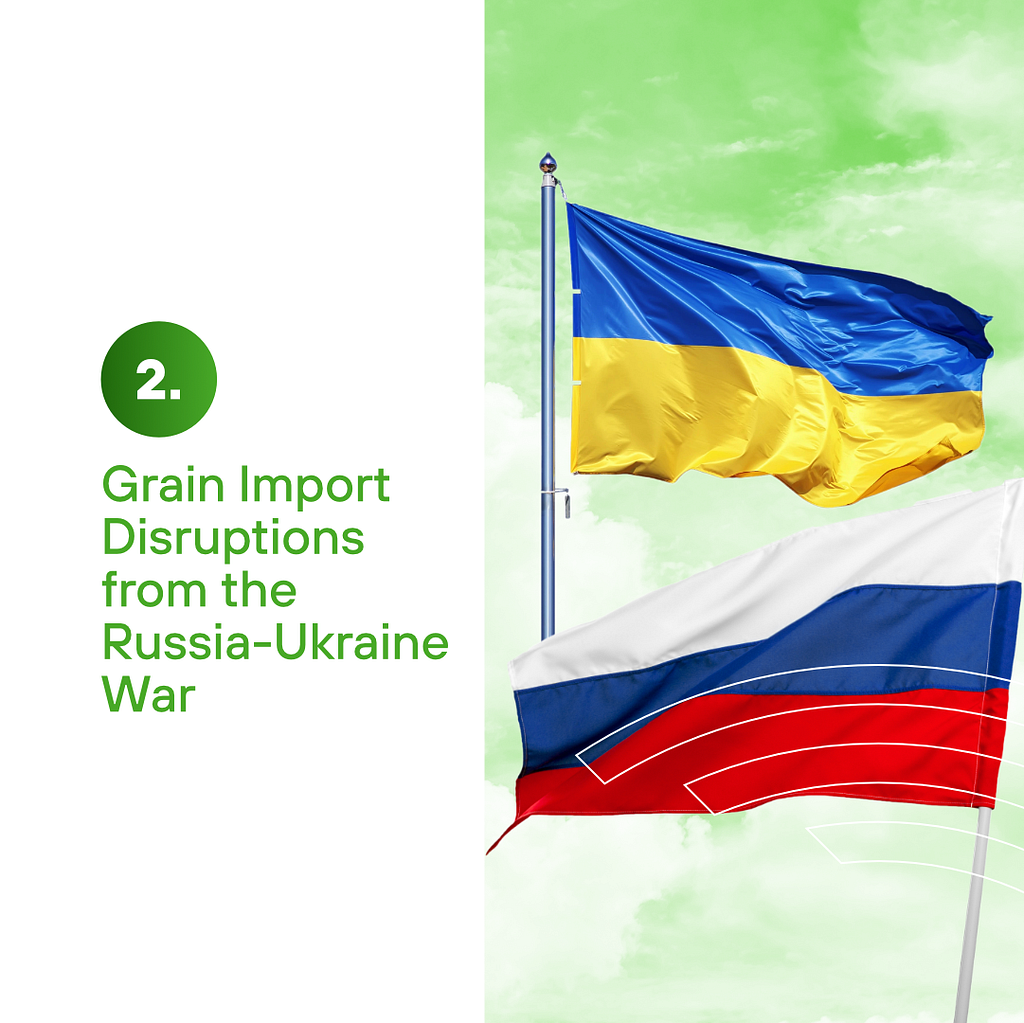
Russia and Ukraine happen to be large players in the global commodities market with both countries accounting for around a quarter of global wheat exports. According to the Food and Agriculture Organization of the United Nations (FAO), Russia ships a total of 32.9mn tonnes of wheat and meslin (in product weight), or the equivalent of 18% of global shipments. In 2021, Ukraine was the fifth largest wheat exporter, exporting 20mn tonnes of wheat and meslin, with a 10% global market share. Since the invasion of the Russian military in Ukraine, the price of wheat has surged globally. In Nigeria, where wheat is the 3rd most consumed grain, the potential impact on the price of staple foods isn’t favourable. According to the Flour Milling Association of Nigeria (FMAN), “45 per cent of the food variants served in Nigerian homes are wheat derivatives, and account for 75 million of the daily food portions in Nigerian households.”
Prices of various grains have since reached high levels in the past few months. While international grain producers are ramping up efforts to close supply gaps and governments are trying to increase local production, their efforts will not be able to swiftly mitigate the already high costs of these commodities. This comes at a period where there is already rising demand for grains in China and India. The flour milling industry plays a significant role in providing Nigeria’s ever-growing population access to relatively cheaper staple foods; in a country that is already suffering food shortages, these disruptions could worsen poverty and hunger levels.
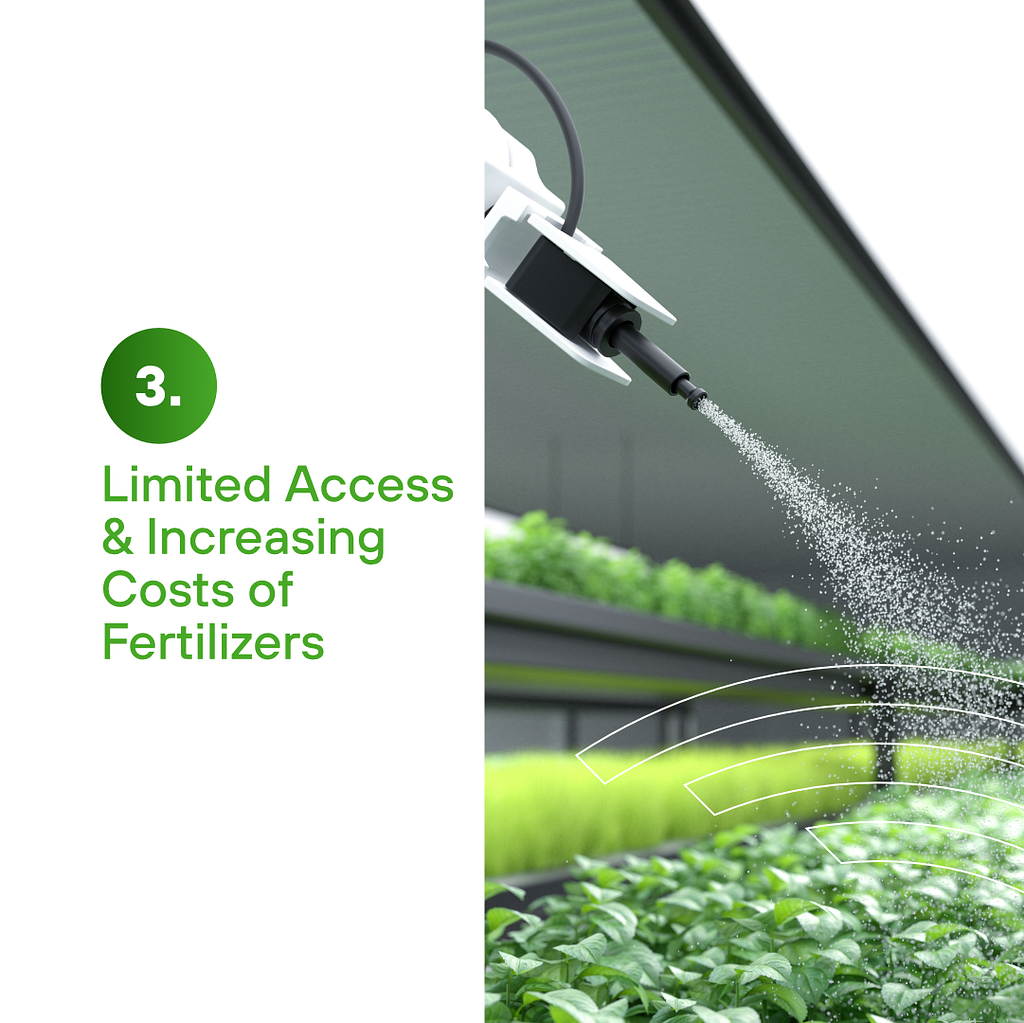
The average price of a 50kg bag of NPK fertilizer which is primarily used by smallholder farmers in Nigeria has surged by 112.5 percent to N17,000 from N8,000 in 2021, according to BusinessDay reports. Additionally, the price of a 50kg bag of urea fertilizer has also increased by a whopping 183 percent from an average of N6,000 last year to N17,000. This came first as a result of the value chain disruptions faced by some of the largest fertilizer producers during and following the COVID-19 pandemic.
These challenges have further been worsened by the Russia-Ukraine crisis which limited shipments from the Black Sea region. Russia currently stands as the world’s largest fertilizer producer. In wake of the crisis, its industry and trade ministry suspended the exportation of fertilizers. The importation of Potash?—?a key raw material input for fertilizer production was significantly affected.
Before Ukraine’s invasion, Nigeria Sovereign Investment Authority (NSIA) had placed an order for about 90,000 tons of potash from Russia. Four inbound vessels containing over 70,000 metric tons got trapped. Given the following, it is no surprise that the Food and Agriculture Organisation (FAO) of the United Nations predicts that these higher input prices will reduce outputs in the 2022/23 crop season; price increases are also imminent.
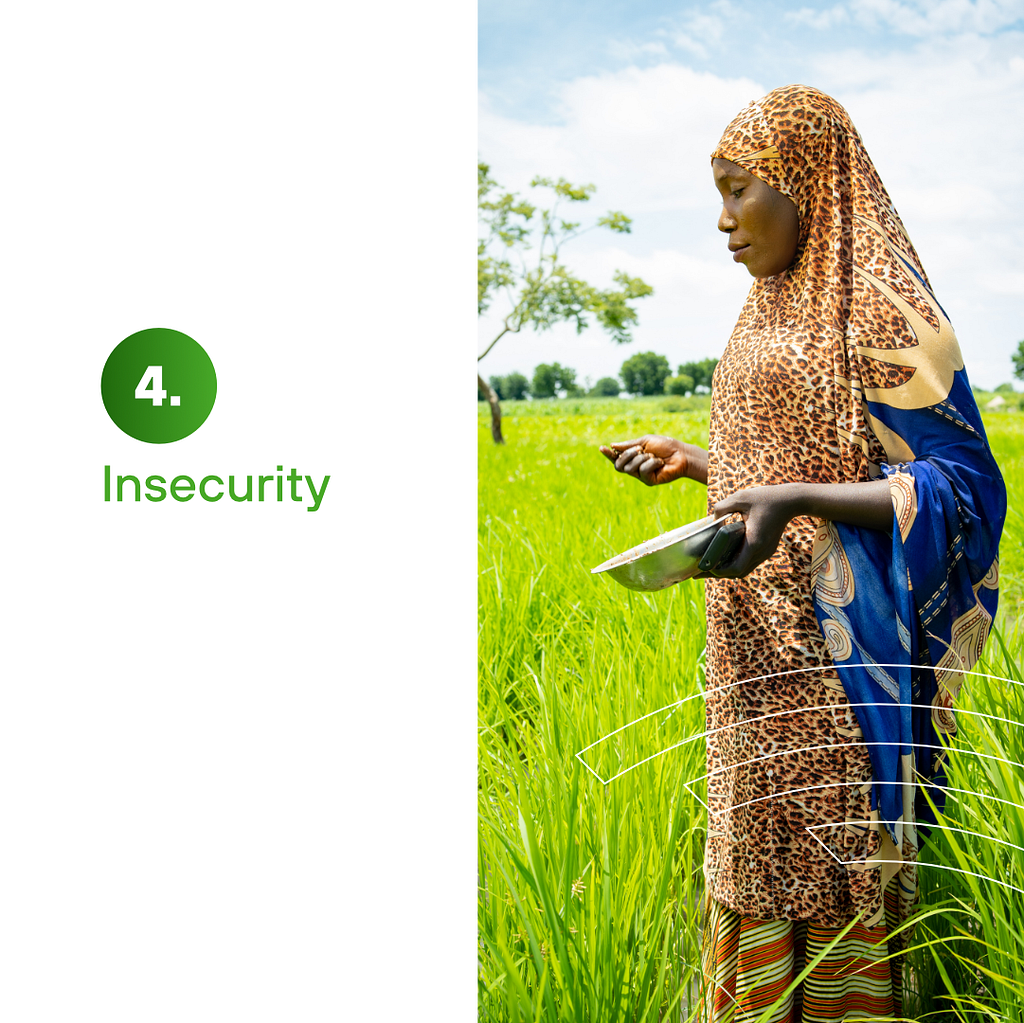
Insecurity in Nigeria is also one of the key issues that affect food prices. Terrorist groups lower the ability of farming communities to produce optimally. Banditry and kidnapping have curbed and sometimes, completely stopped farming activities in some core agricultural producing areas, all of which have increased food shortages.
Farmers are finding it difficult to carry out farming activities in insecure environments, farming communities are displaced and access to regional markets are blocked due to incessant attacks. These challenges are set to affect food supply in Africa including within Nigeria, leading to an overall increase in prices with a disproportionate impact on poorer households.
Other challenges include the avian flu outbreaks in the poultry sector as well as import restrictions which are raising local prices.
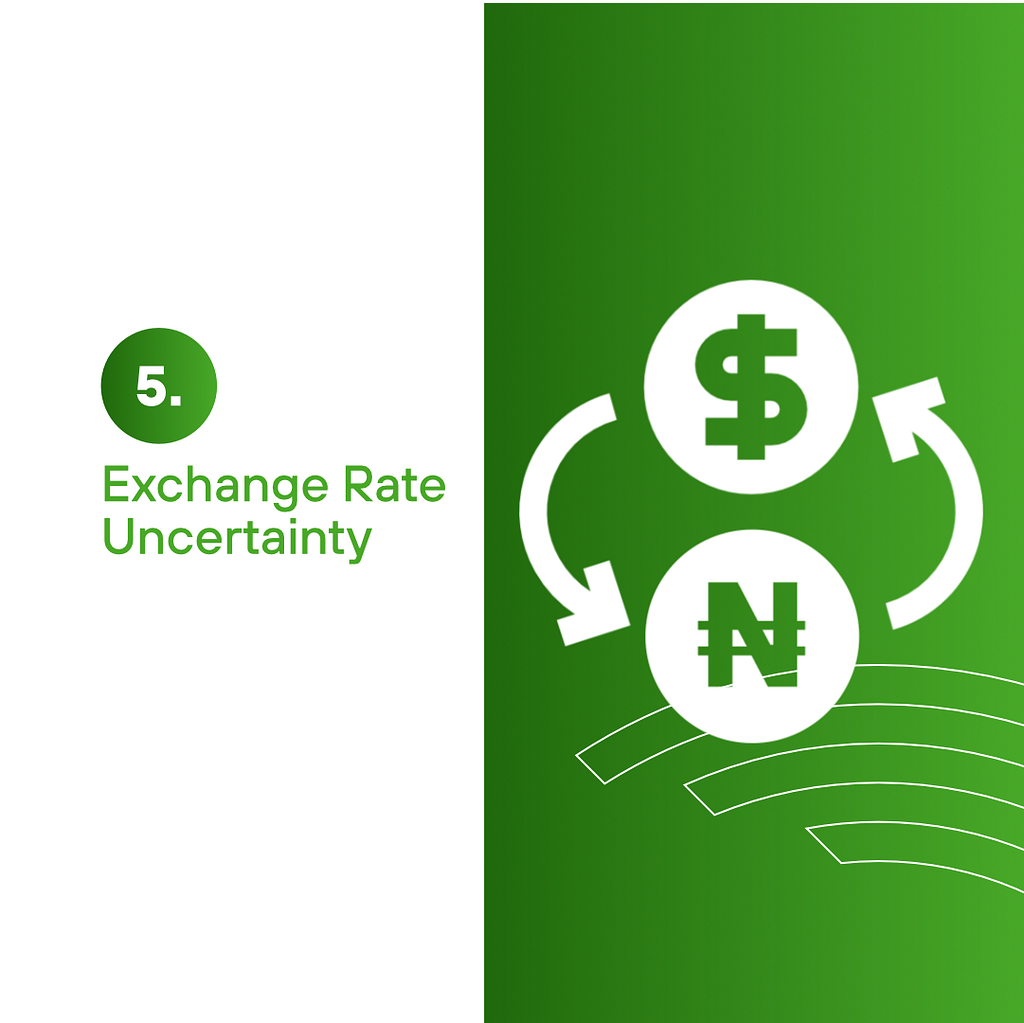
Another core challenge that has contributed to the increasing prices of food is exchange rate uncertainty. With various input materials for agro-based products being imported, the current challenge of limited foreign exchange (FX) supply in the country and the reducing value of the Naira have and will continue to affect the final prices of food. This is because when exchange rate fluctuates, agribusinesses need to pay more for the same input quantity, and with no provision for supply, they are left with no choice than to source for FX themselves thereby piling up pressure on agricultural products and ultimately leading to a transfer on the final prices of food products.
Way Out?To mitigate these, there is an ardent need for increased value chain investments, better methods for transportation, increased use of technology, amongst others. Local market structures need to be strengthened and a basket of activities that give farmers better access to the market could also reduce losses and bridge supply gaps.
With population expanding and an increase in demand for food particularly in urban areas where subsistence farming is seldom practised, global disruptions are expected to still impact food supply and rising prices may continue over the medium term. With the upcoming Nigerian elections also set to pile up liquidity pressures, the outlook for inflation is bleak. However, it is pertinent to note that periods of the greatest challenges often birth some of the greatest opportunities. On one hand, there are now more opportunities in the food commodities trading space given these price hikes and on the other, the overall outlook for Africa’s Agribusiness is still positive. Consumers simply need to move from mere consumption to being a part of its opportunity-filled value chain to hedge against these pressures.
Five Reasons Why The Price Of Food Is On The Rise was originally published in Hectare on Medium, where people are continuing the conversation by highlighting and responding to this story.









